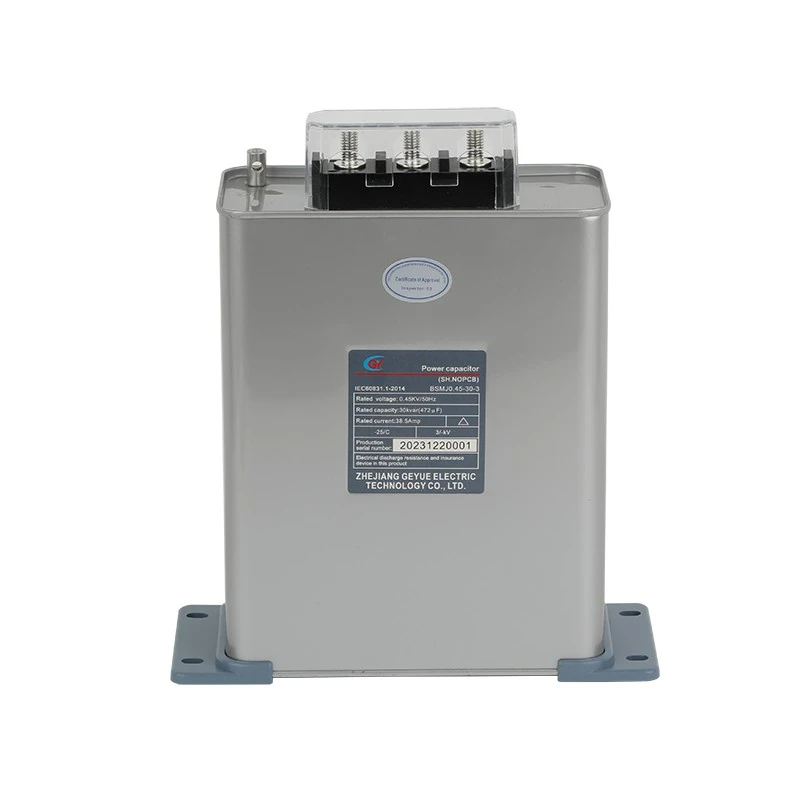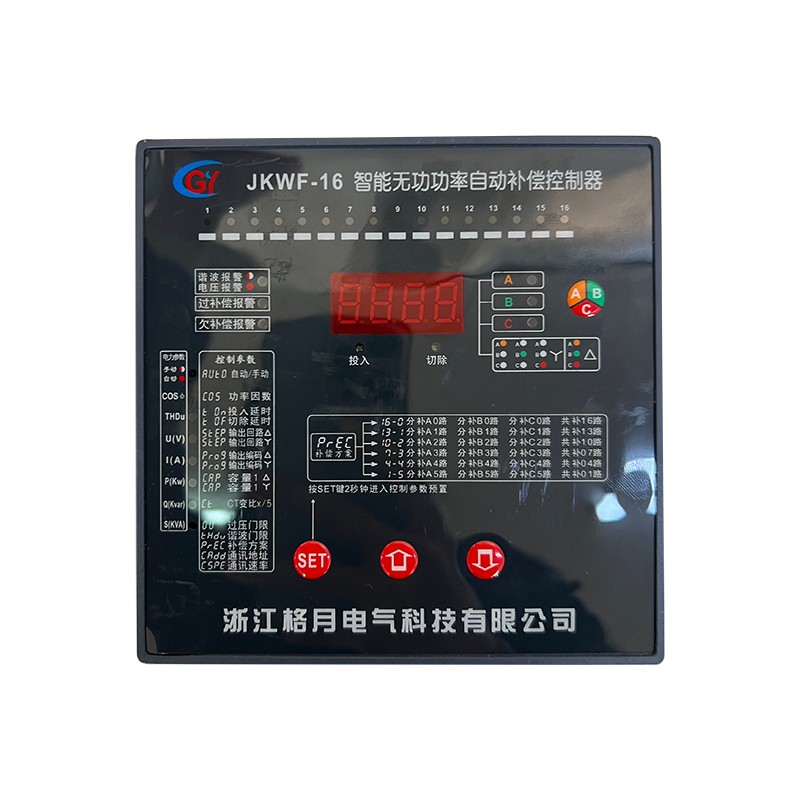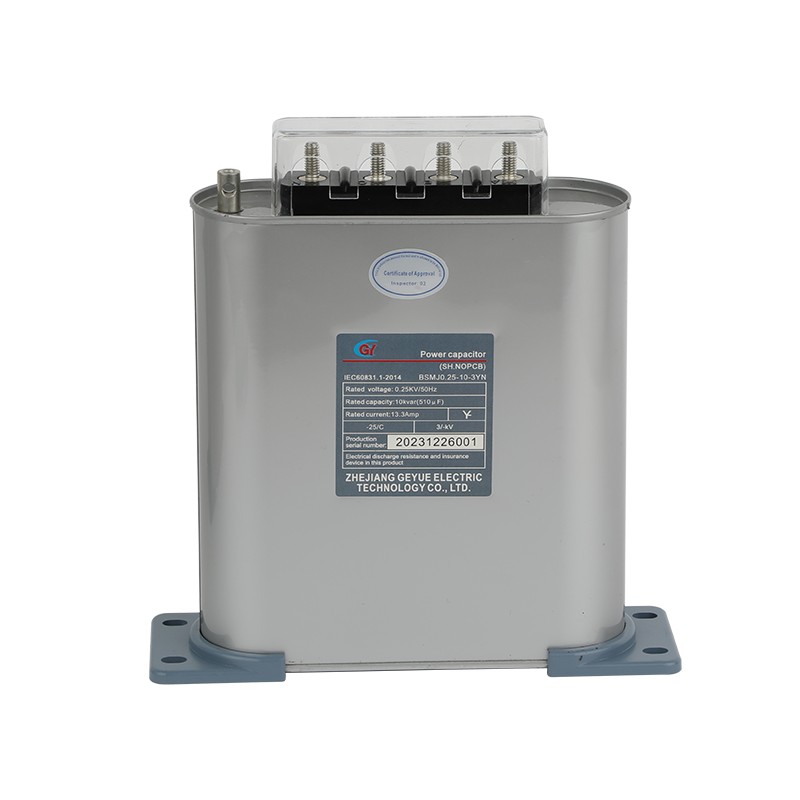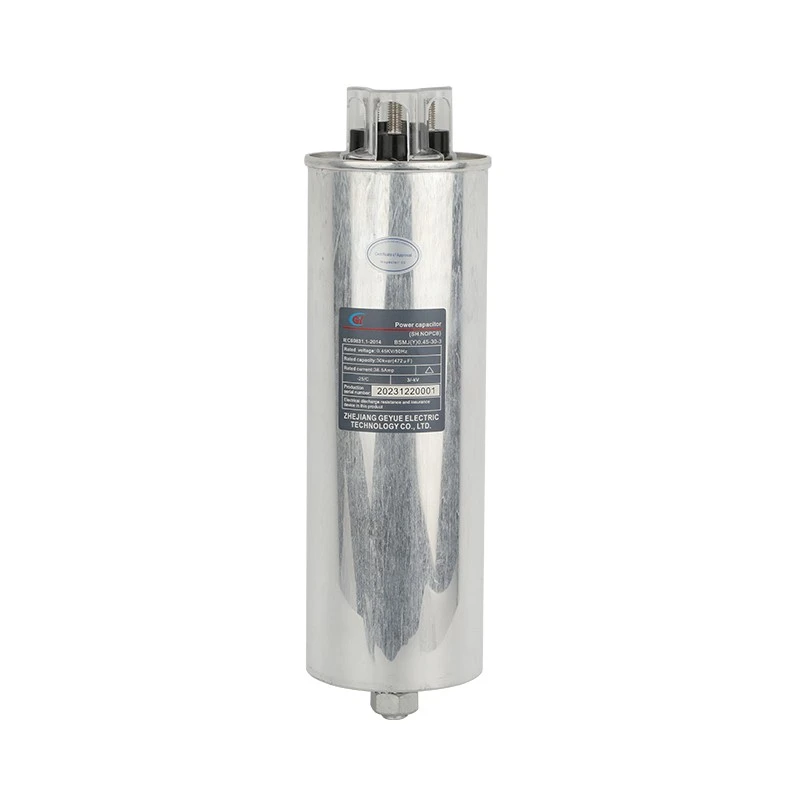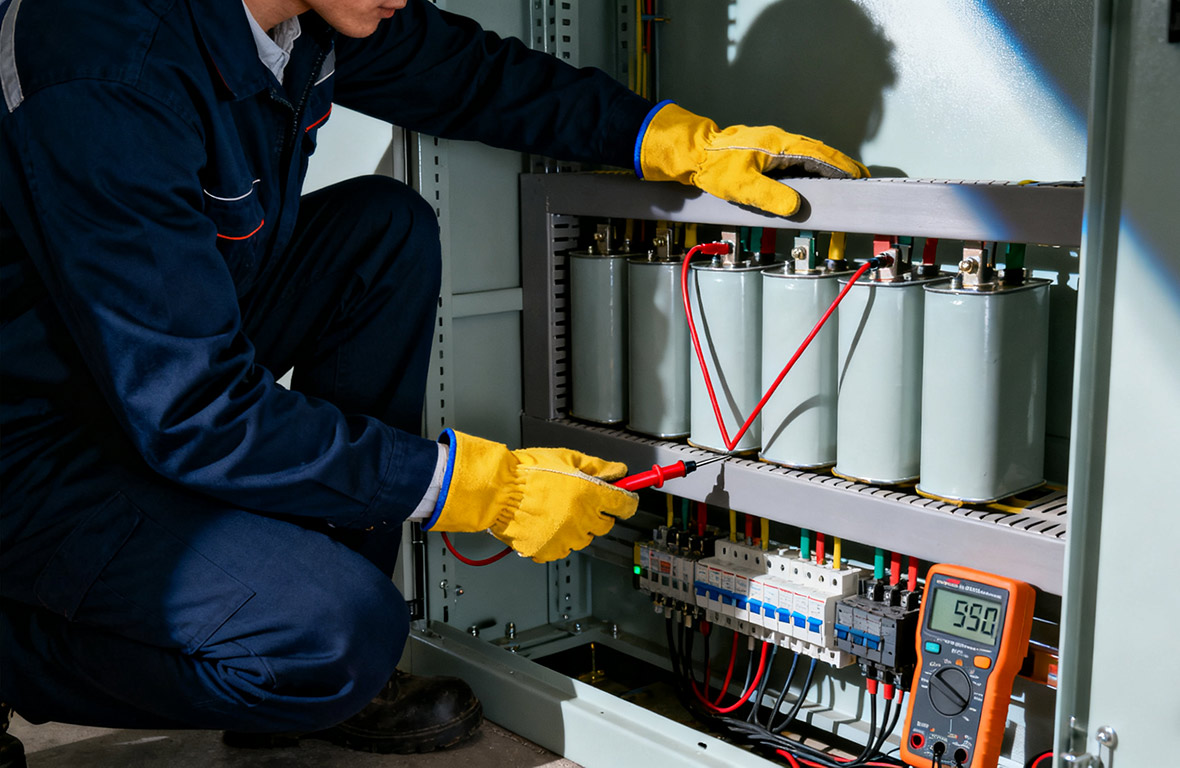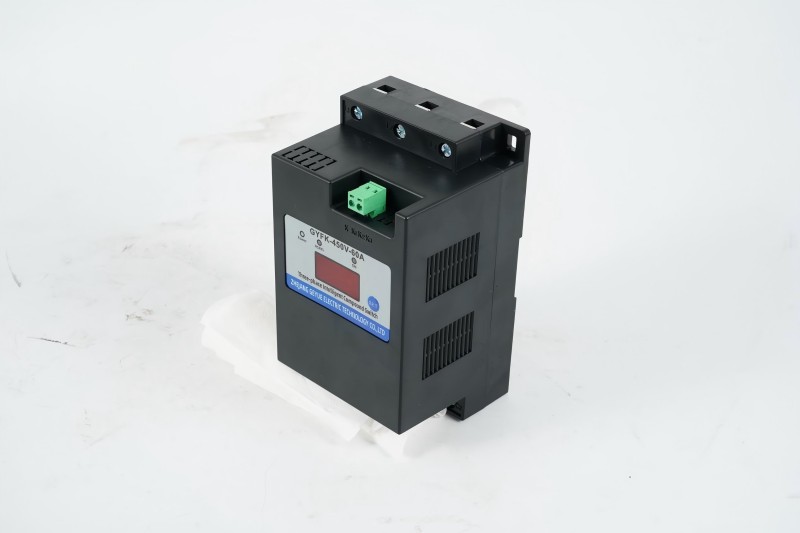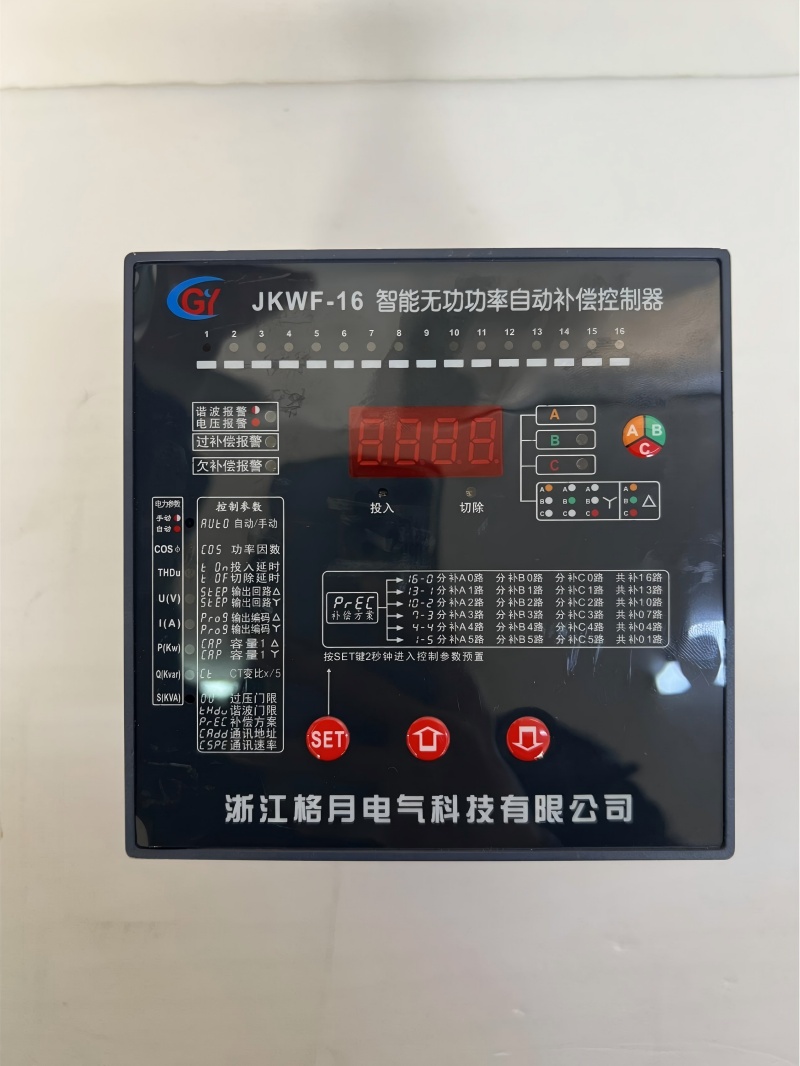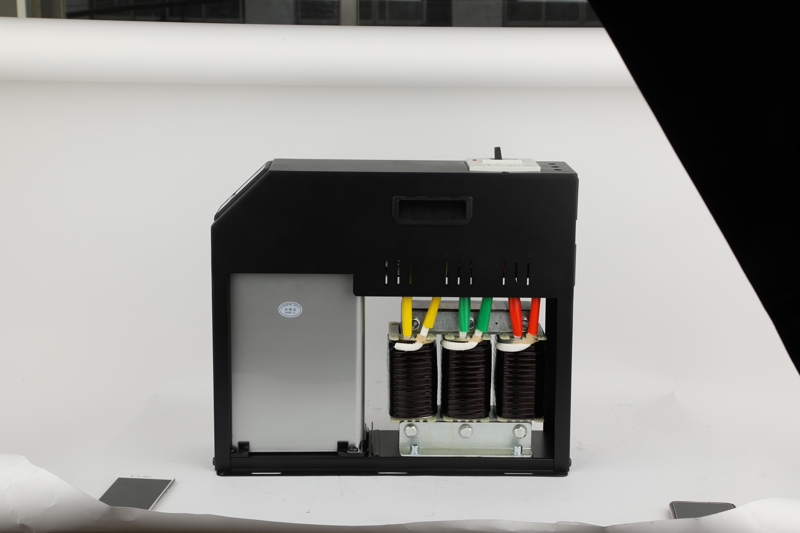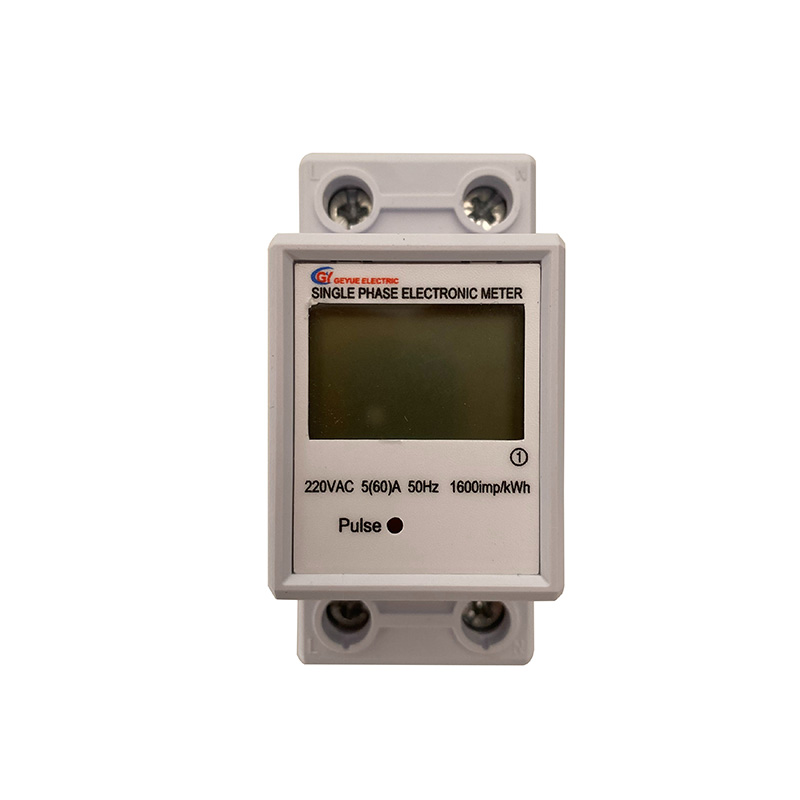Why Choose Microcrystalline Wax Power Capacitors Instead Of Traditional Oil-immersed Products?
Preface
When selecting power equipment, the choice of capacitor dielectric material directly impacts system safety and long-term economic benefits. Last week, we received an inquiry from Mr. Zhang, requesting a quote for a C-Bank 3P 25kVAR 525V oil-filled power capacitor. During technical discussions, we recommended switching to microcrystalline wax dielectric products. After extensive negotiations, the customer ultimately adopted our microcrystalline wax capacitor solution and ordered 800 units. This article will objectively analyze the technical advantages of microcrystalline wax capacitors over oil-filled capacitors and explain the key considerations in the customer's decision-making process.
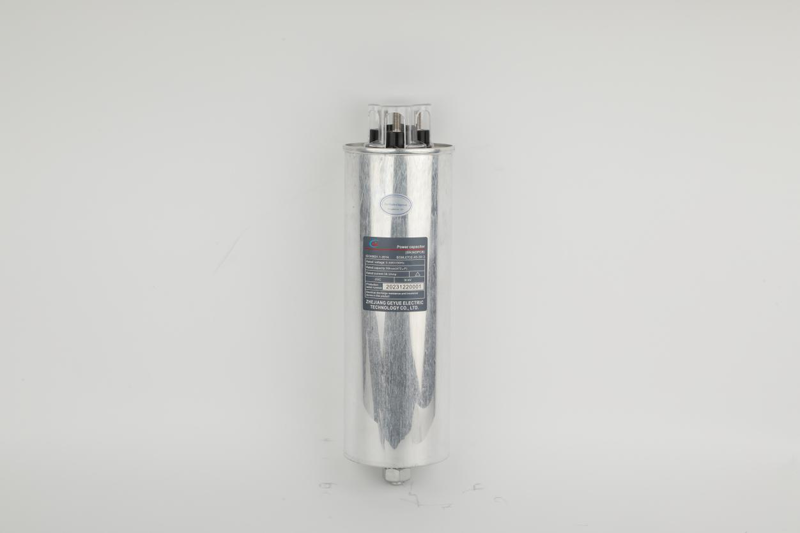
Initial Inquiry and Requirements Analysis
Mr. Zhang emailed a screenshot of the product specifications, specifying a need for oil-immersed capacitors. The inquiry included the specific model number, C-Bank 3P 25KVAR 525V Oil, for a quantity of 800 units. The customer was primarily concerned with price and delivery, noting that other suppliers had already offered oil-immersed solutions. We immediately arranged a technical engineer to meet with the customer to understand their specific application scenario: a food filling production line, which involves high temperatures and strict hygiene requirements.
Technical Proposal Process
We explained to Mr. Zhang the potential leakage risk of oil-immersed products in high-temperature environments and suggested considering microcrystalline wax power capacitors. During our initial conversation, the customer insisted on using oil-immersed products, citing the mature technology and lower price. We didn't force a sales pitch, but instead invited him to visit our production line to demonstrate the sealing performance and temperature characteristics of microcrystalline wax capacitors. Microcrystalline wax maintains long-term chemical stability at 120°C, while mineral oil begins to oxidize rapidly above 90°C. Microcrystalline wax has a dielectric constant of 2.2, higher than mineral oil's 2.1, meaning a higher capacitance density can be achieved for the same volume. Microcrystalline wax's freezing point is below -40°C, eliminating the need to worry about dielectric solidification at low temperatures. Mineral oil's viscosity increases significantly at -25°C, affecting convective cooling.
Addressing the Customer's Core Concerns
Mr. Zhang was primarily concerned about three areas: reliability, fearing the new technology would be less stable than traditional products; cost, fearing the high price of microcrystalline wax products; and maintenance, fearing the need for specialized maintenance. We addressed each issue: providing five years of actual operating data demonstrating a failure rate below 0.5%; a lifecycle cost analysis demonstrating a three-year payback period; and explaining that microcrystalline wax power capacitors require no specialized maintenance, reducing maintenance workload.
Microcrystalline wax is also easier to install. Microcrystalline wax capacitors can be installed at any angle, eliminating the need to consider liquid level balance. Oil-immersed products must be installed vertically, with a maximum tilt of 15 degrees. Microcrystalline wax products are 20% lighter and require 50% fewer foundations. No media sampling or testing is required during commissioning, reducing production preparation time by 70%.
On-site Verification and Decision-Making
The customer arranged for a factory inspection by technical personnel, focusing on the aging test chamber and sealing process. We demonstrated accelerated aging testing on-site, revealing that after 2000 hours of operation, the capacitance change for microcrystalline wax capacitors was only 0.8%, superior to the 2.5% change for oil-immersed capacitors. The customer also randomly checked product sealing test records to confirm that all products had passed negative pressure sealing tests. These on-site verifications ultimately reassured the customer.
Order Confirmation and Delivery
The customer ultimately ordered 800 C-Bank 3P 25KVAR 525V Microcrystalline Wax power capacitors. We promised a one-year warranty and provided complimentary infrared thermal imaging inspection services. Upon delivery, an engineer provided on-site installation guidance, ensuring correct wiring and parameter settings. A follow-up visit after one month of operation confirmed that the equipment was operating stably, with the power factor having increased from 0.78 to 0.95.
Summary of Technical Solution Advantages
Microcrystalline wax capacitors offer significant advantages over oil-immersed products: they completely eliminate the risk of oil leakage, meeting the hygiene requirements of the food industry; they offer improved temperature resistance, making them suitable for high-temperature production environments; they extend maintenance cycles, reducing downtime for repairs; and they simplify disposal, eliminating hazardous waste disposal costs. These advantages ultimately convinced customers to change their purchasing decisions.
After-Sales Service Commitment
We maintain a dedicated service profile and provide monthly operating data analysis reports. We arrange free inspections every quarter to monitor changes in capacitance and insulation resistance. We also provide lifelong technical consulting to help customers optimize compensation plans. These service commitments further strengthen customers' confidence in choosing microcrystalline wax products.
- Can Cylinder Self-healing Shunt Capacitor Become the Ideal Choice for the Smart Grid Era?
- Apart from Saving Electricity Costs, What Value does Low-Voltage Reactive Power Compensation Bring to Enterprises?
- How does the Temperature Dependence of a Capacitor's Capacitance Value affect the Tuning Point of a Detuned Filter Circuit?
- Is There a Non-Invasive Way to Monitor the Internal Health of Power Capacitors, Such as Their Equivalent Series Resistance (ESR)?
- What Is the Concept of "Reactive Power Banking" or "Reactive Power Dispatch" in a Smart Grid Context?
- What Are the Recycling and Disposal Plans for Self-Healing Shunt Capacitors after the End of Their Life Cycle?


